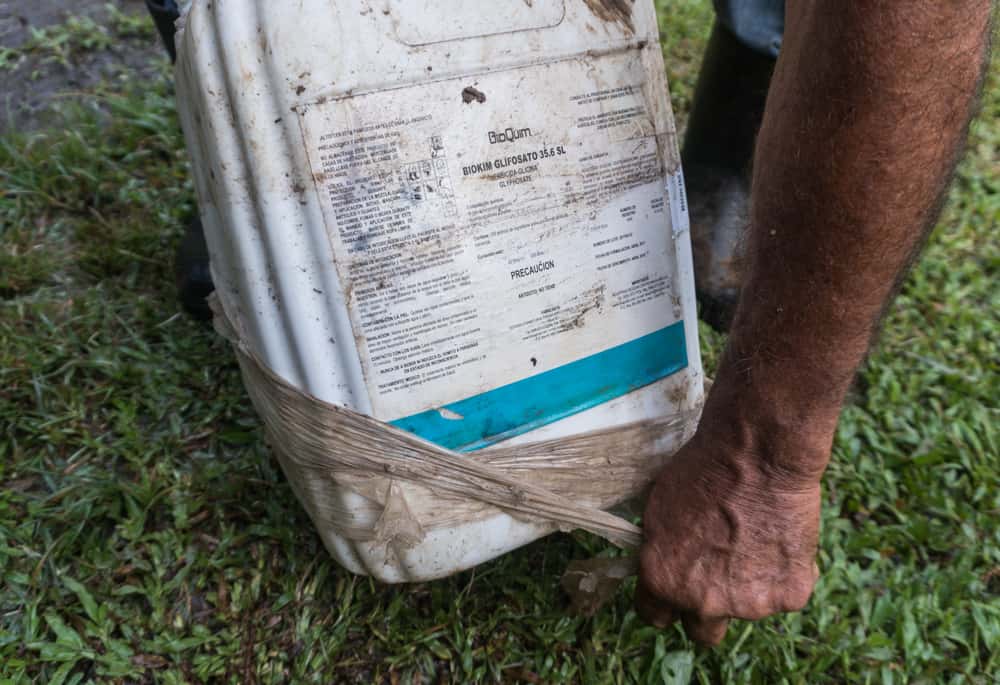The Madre de Dios lagoon in Batán de Matina, Limón, has once again been contaminated by pesticides, causing the death of thousands of fish. Sadly, this is not an isolated incident, and fishermen have repeatedly denounced pesticide contamination in the area. The environmental damage worries the local community, which relies heavily in eco-tourism and fishing.
“It’s unbelievable, all the fish coming in from the sea are dying. We are talking about bobalos, bald spots, dry faces. Incredibly, even manta rays are dying and even dead turtles are seen on the beach,” a local said. The Batán lagoons are a sad reminder of the effect of these agrochemicals and the lack of enforcement of environmental laws by Costa Rican authorities.
The First Incident
Back on January 12, 2003, a spill of approximately 20,000 liters of chlorothalonil fungicide from the 24 Millas de Batán airport polluted nearby canals, lagoons, and rivers, killing fish and crustaceans.
The responsible company, Standard Fruit Company, was ordered to pay $115,000 in compensation, according to a July 2004 report in La Nación, based on file 11-03-TAA from the Environmental Administrative Court. Part of the money was used to support affected communities, but the remainder remains tied up in accounts held by the National System of Conservation Areas (SINAC).
Since then, the Regional Institute for Studies on Toxic Substances (IRET-UNA) has carried out ongoing monitoring of the area’s aquifers. One alarming report, sent to then-Minister of Environment Édgar Gutiérrez on September 20, 2017, documented up to 17 different substances detected in a single event, such as the one recorded on June 9, 2015.
A Worried Community Asks for Help
Prompted by the persistent concerns of local tourism entrepreneur Julio Knight, a team from this outlet visited the Madre de Dios lagoon on May 26. The devastation was unmistakable: bodies of snook and stromboli fish floated belly-up across the water.
“Some institutions like SINAC and the Judicial Investigation Agency (OIJ) say they lack the funds to help us. That’s why I think the money from the Standard Fruit indemnification should be used now,” said Knight. He explained that each water sample costs around ¢120,000 (about $225). In 2023 alone, IRET-UNA conducted 33 samplings, totaling around ¢4 million (approximately $7,550) in expenses.
Knight criticized the authorities for their lack of urgency. “Every year, with the rains, the chemicals from banana and pineapple farms are washed into our waters. And every year, the same thing happens. They’re killing us, our communities live off fishing and nature. If these chemicals are reaching the lagoons, they’re killing our livelihood, our wildlife, our environment. Not just the fish, but turtles, crocodiles, and even the insects and small organisms in the water.”








